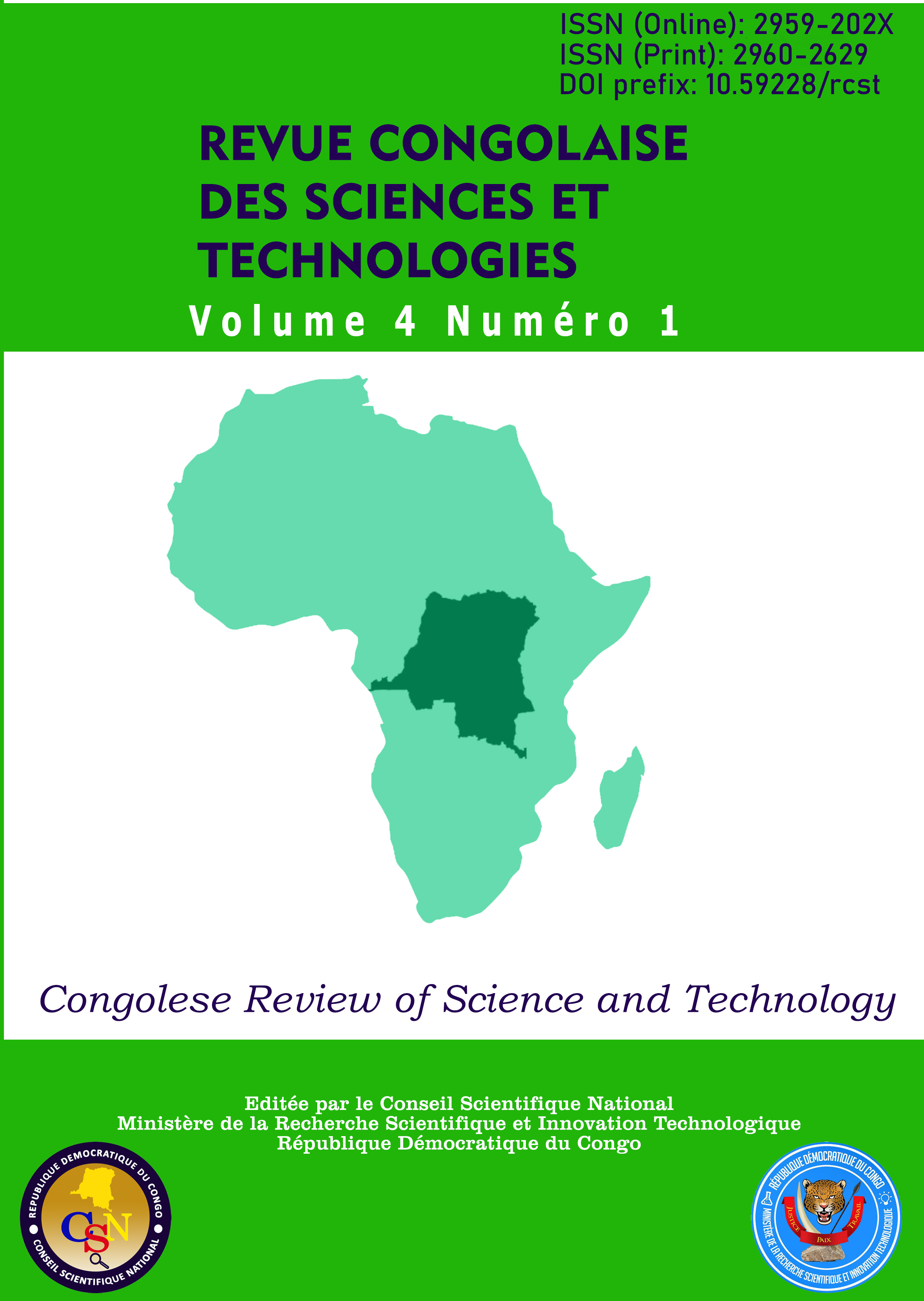Partial hydatidiform mole with a live foetus in an HIV-positive mother: case report
Main Article Content
Abstract
The aim of that study is to describe a case of partial hydatidiform mole with a live fetus in an HIV mother.
It about a patient, 30-year-old primiparous, living with HIV on antiretrovirals, who had experienced four spontaneous abortions prior to this pregnancy. No symptoms suggestive of trophoblastic disease had been reported. With an initial undetectable viral load and a CD4 count of 283 cells/μL, no human chorionic gonadotropin assay had been performed. No obstetrical ultrasound was performed during the course of her pregnancy. She developed anemia at 9.7g/dl after delivery. She had given birth at 36 weeks' gestation by vaginal delivery to a live male baby weighing 2100g, of normal morphology with APGAR 6/10/10. The baby was put on nevirapine prophylaxis from birth. Anatomopathological report of the placenta was compatible with partial hydatidiform mole.
This was an incidental finding after pathological examination of the placenta. This case of partial hydatidiform mole with a live fetus had escaped all clinical and paraclinical investigations.
There is a need to examine the placentas of all women with a history of spontaneous abortion and/or HIV-positive pregnancies.
Article Details
Section

This work is licensed under a Creative Commons Attribution-NonCommercial-ShareAlike 4.0 International License.
References
Black, L., Bowes, A., Seckl, M., Maher, G., Kaur, B., Arumainayagam, J., Sashi Acharyaet(2023). Epithelioid trophoblastic tumor with antecedent molar pregnancy in an HIV‐positive patient. Clin Case Rep, 11(3), e7114. doi: 10.1002/ccr3.7114.
Bruce, S.,& Sorosky, J. (2024). Gestational Trophoblastic Disease. In StatPearls [Internet]. Treasure Island (FL): StatPearls Publishing. Disponible sur: http://www.ncbi.nlm.nih.gov/books/NBK470267/
Cheung, A. N. Y., Khoo, U. S., Lai, C. Y. L., Chan, K. Y. K., Xue, W. C., Cheng, Danny K. L., Chiu Pui-Man, Tsao Sai-Wah, Ngan Hextan Y.S. (2004). Metastatic trophoblastic disease after an initial diagnosis of partial hydatidiform mole: genotyping and chromosome in situ hybridization analysis. Cancer, 100(7), 1411‑7. doi: 10.1002/cncr.20107.
De Franciscis, P., Schiattarella, A., Labriola, D., Tammaro, C., Messalli, E. M., La Mantia, E., Montella Marco, Torella Marco (2019). A partial molar pregnancy associated with a fetus with intrauterine growth restriction delivered at 31 weeks: a case report. J Med Case Reports, 13(1), 204. doi: 10.1186/s13256-019-2150-4.
Mireles, J. C. M., Alvarez, C. E. A., Lopez, A. L., Aguilar, A. G. B., Villalobos, P. P. G. F., & Gonzalez, D. P. de L. (2021). Hydatidiform Mole Coexisting with Healthy and Alive Fetus at Birth: Case Report in Mexico. Asian J Med Health, 19 (4), 30‑7. doi: 10.1210/jendso/bvab129.
Murphy, K. M., Descipio, C., Wagenfuehr, J., Tandy, S., Mabray, J., Beierl, K.,Micetich Kara, Libby Arlene L., Ronnett Brigitte M. (2012). Tetraploid partial hydatidiform mole: a case report and review of the literature. Int J Gynecol Pathol Off J Int Soc Gynecol Pathol, 31(1), 73‑9. doi: 10.1097/PGP.0b013e31822555b3.
Ning, F., Hou, H., Morse, A. N., & Lash, G. E. (2019). Understanding and management of gestational trophoblastic disease. F1000 Research, 8, F1000 Faculty Rev-428. doi: 10.12688/f1000research.14953.1.
Seckl, M. J., Fisher, R. A., Salerno, G., Rees, H., Paradinas, F. J., Foskett, M., Newlands E.S. (2000). Choriocarcinoma and partial hydatidiform moles. The Lancet, 356 (9223), 36‑9. doi: 10.1016/S0140-6736(00)02432-6.
Tayib, S., Wijk, L. van, & Denny, L. (2011). Gestational Trophoblastic Neoplasia and Human Immunodeficiency Virus Infection: A 10-Year Review. Int J Gynecol Cancer [Internet]. 1 nov 2011 [cité 24 juin 2024]; 21 (9). Disponible sur: https://ijgc.bmj.com/content/21/9/1684.

